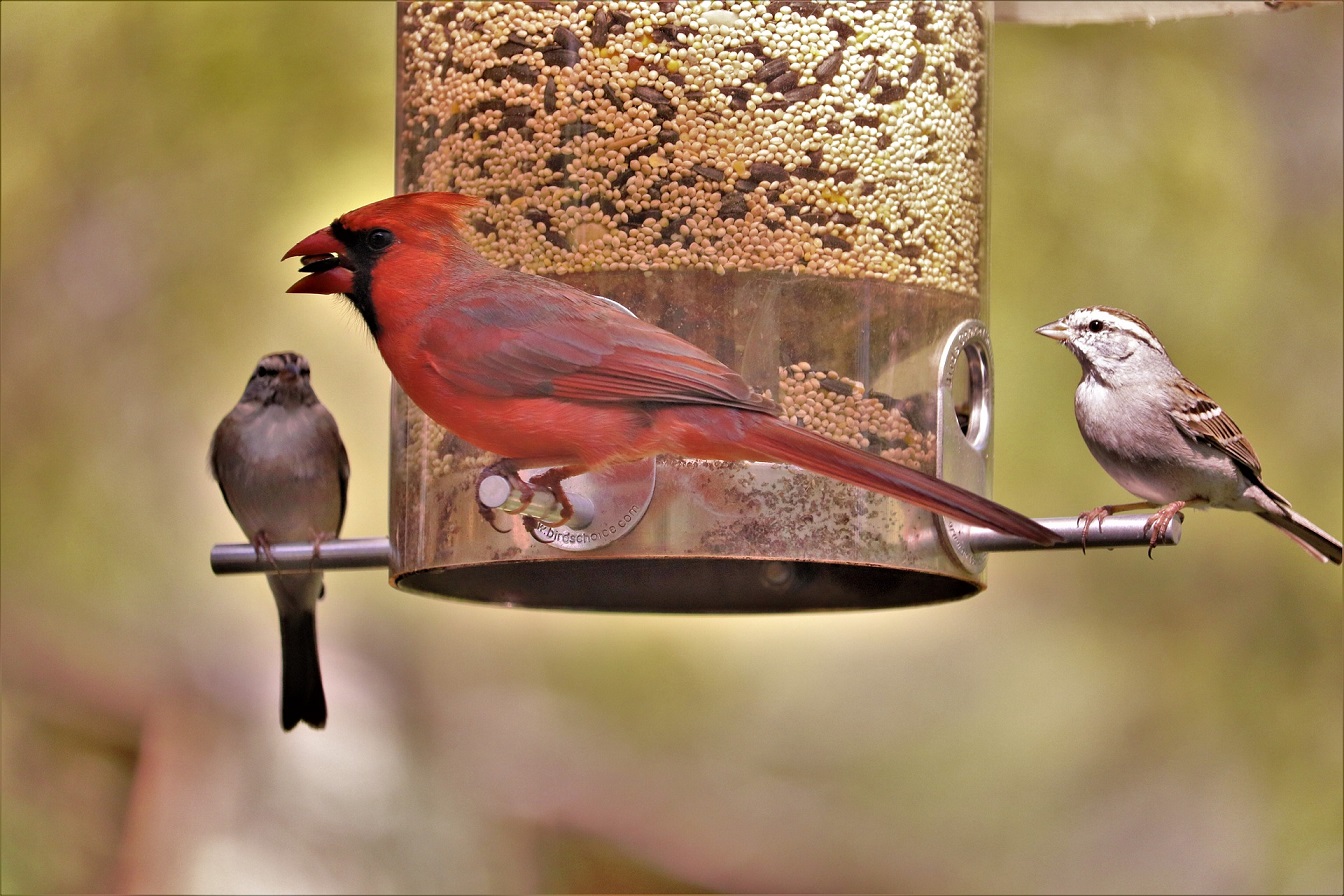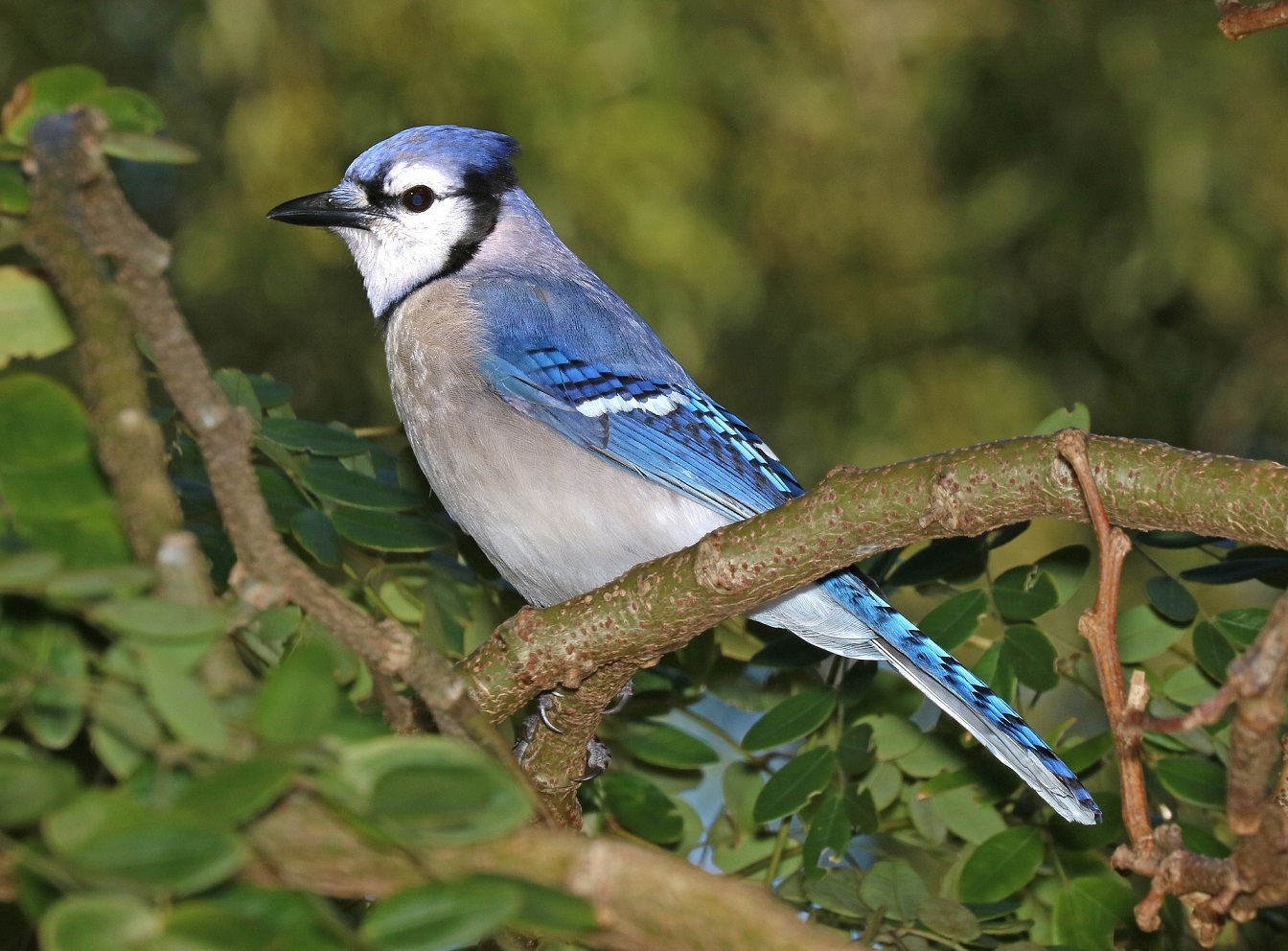You may be stuck at home right now, but that doesn’t mean you can’t interact with nature. In fact, it may be the perfect time to take up a new hobby. How about bird watching? You don’t have to go far to do it either. The northern cardinal, the American robin and the blue jay are just a few of the birds you can find right in your own back yard.
Feeding the Birds
One way you can attract more birds to your backyard is with bird feeders. You’ll want to make sure that you clean your bird feeder regularly, as an unclean bird feeder can harbor salmonella and make the birds sick.
Bird seed is the obvious first choice to put in the feeder, but there are other types of food that are also good for birds.
- Suet – Suet is the hard fat around the kidneys and loins in beef and mutton. It attracts woodpeckers, nuthatches, chickadees, jays, starlings and occasionally, wrens, creepers, kinglets, cardinals and some warblers.
- Peanut butter – Peanut butter is good for birds in cool or cold weather because it will stay firm. You don’t want to use it when it’s warm out because it can become soft and rancid. You can add cornmeal to keep the peanut butter from sticking to the birds’ mouths.
- Mealworms – Mealworms are a good source of protein, calcium and vitamins for the birds. You can order them, but make sure to quickly transfer them to a bucket outdoors and then store them indoors.
- Fruit – Robins, thrushes, waxwings, bluebirds, mockingbirds, catbirds and tanagers are attracted to fruit. Fresh berries, chunks of fresh apples, melons, grapes or frozen berries are best. You can also use raisins or currants that have been soaked in water. Orange halves are good to put out during spring migration.
- Fruit Seeds – If you want to attract birds, pumpkin seeds and other squash or melon seeds will work well. You’ll want to make sure they are dry. Then chop them up with a food processor to make them easier for small birds to eat.
- Jelly – You can use jelly in small quantities to attract orioles, catbirds and sometimes Cape May warblers.
- Grit and minerals – Eggshells are a good source of calcium for birds. Make sure the shells have been boiled, and break them into small pieces. You can put them on the ground or in a bird feeder.
Building a Habitat for Birds
 According to Audubon, bird populations are on the decline because of development and the use of plants from other continents. One way you can help birds is by planting native plants in your yard. You can also visit Audubon’s Plants for Birds to find out which plants are best for birds.
According to Audubon, bird populations are on the decline because of development and the use of plants from other continents. One way you can help birds is by planting native plants in your yard. You can also visit Audubon’s Plants for Birds to find out which plants are best for birds.
If you’re really serious, you can take part in Audubon’s Wildlife Sanctuary Program or suggest this to the president of your homeowners’ association. Part of the criteria is taking the Healthy Yard Pledge, which includes reducing pesticide and fertilizer use, conserving water and protecting water quality, removing invasive nonnative plants, planting species native to our area, and supporting birds and other wildlife by keeping cats indoors and guarding against human-made hazards like window collisions, light and noise pollution.
What to Do About the Squirrels
Squirrels are the bane of every backyard birdwatcher’s existence. The Cornell Lab of Ornithology gives its top three ways to deter them:
- Put your feeder in a place squirrels can’t get to (not possible in all yards).
- Use a feeder designed to keep squirrels away from the seed.
- Provide food specifically for the squirrels, such as cracked corn, to keep them away from your feeders
Cornell Lab also suggests making it hard for squirrels to climb up to your feeder with a lubricant and putting additives such as capsaicin (hot pepper) that birds can’t taste into your bird seed mix.
Looking for real estate services in Gainesville, Haymarket or Bristow? Contact your local real estate expert Belinda Jacobson-Loehle of Jacobson Realty and Home Staging In Gainesville, Virginia today. Also be sure to sign up now for a FREE copy of my eBook, “The Real Estate Key – What You Need to Know!”
2,511 total views, 1 views today
